Back in 2003, Indian-American philanthropist and businessman Manoj Bhargava launched 5-Hour Energy, the heavily concentrated energy shot you see on every convenience store counter. By 2012, 5-Hour Energy had grown to a billion dollar business, and as a result, Bhargava had become a very wealthy man. Setting an incredible example for how power and fortune can be used for good, Bhargava pledged 99% of his net worth to improving the livelihoods of the world’s less-fortunate. He established a company, Billions in Change, which describes itself as a social movement and seeks to create immediate technological solutions to some of the world’s greatest problems.
There is a common saying in bicycling advocacy that the bicycle “is a simple solution to some of the world’s most complicated problems.” Bhargava and his team took that premise and ran with it, developing a high-tech stationary hybrid bicycle that generates 24 hours of electricity for a single-family home through only 1 hour of pedalling. As a video about the bicycle notes, half the world’s population lives without electricity, or only has access to electricity for 2-3 hours per day. That’s around 3 billion people who are making do without the one element that enables so many of our daily activities to take place. “Everything requires energy,” explains Bhargava in the video. “Energy is the great equalizer…Human mechanical energy is so amazing. Why can’t we use that to create energy?”
The Free Electric is being billed as the cheapest, most sustainable form of electricity generation worldwide. It harnesses the power of human movement to generate reliable electricity that can light homes, charge devices, and generally run all of the appliances and programs necessary to participate fully in the modern world. If the 3 billion people who currently go without electricity were to use this system, that would be half the world’s population powering their homes without generating an ounce of pollution. That would be 3 billion people who have previously been locked out of prosperity by their lack of access to reliable electricity finally being able to develop their communities.
“Now all of these poor who were not contributing to their outside world, now they’re all bringing it up,” Bhargava explains. “All of the sudden they’re on the internet, they’re getting educated. The real thing is to get the poor out of poverty, and one of the basics is energy.”
In addition to its application in impoverished communities, the bike would also be incredibly useful for emergency power generation in the case of natural disasters, as the video notes. The Free Electric bicycle is ready to go, and Bhargava recently announced plans to bring the first 10,000 units to poverty-stricken communities in India.
Get your FREE copy of: Momentum Mag's Bike Lock Guide
In this guide, we share stats on bicycle theft, the best ways to lock your bike and which ways to avoid, types of locks to use, new technologies combating theft, a directory of brands and much more!
Thank you for your submission. Please check your inbox to download the guide!



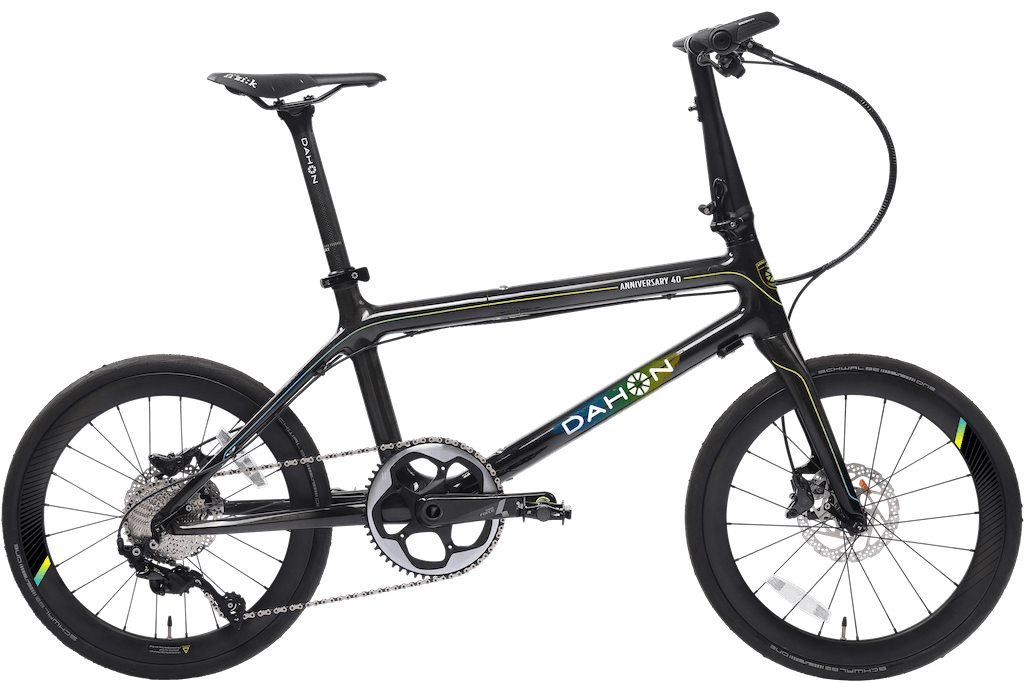

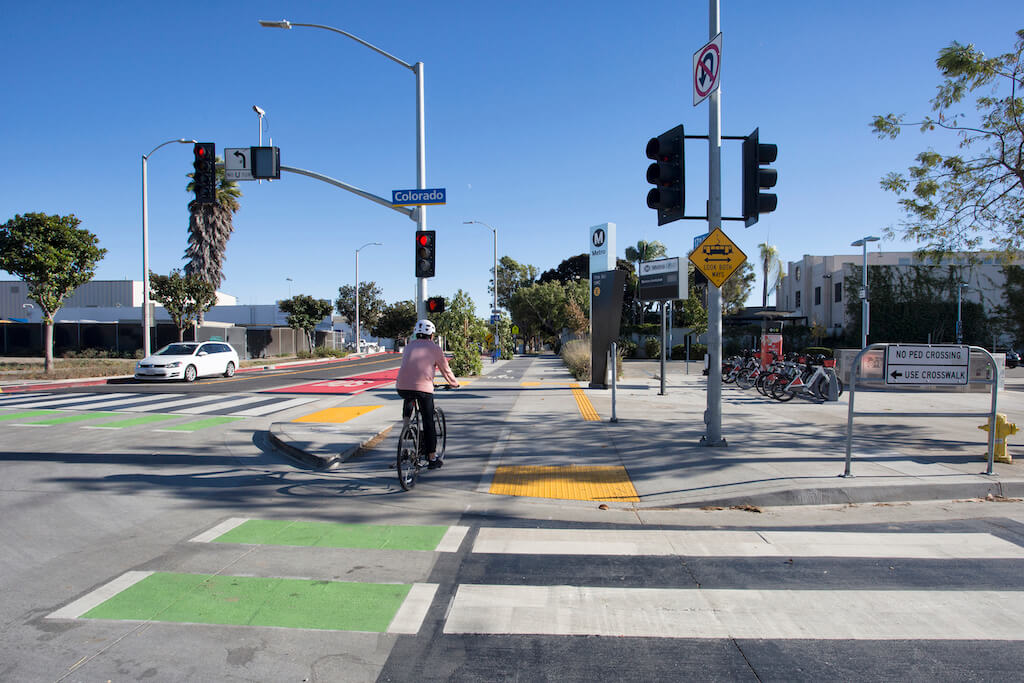
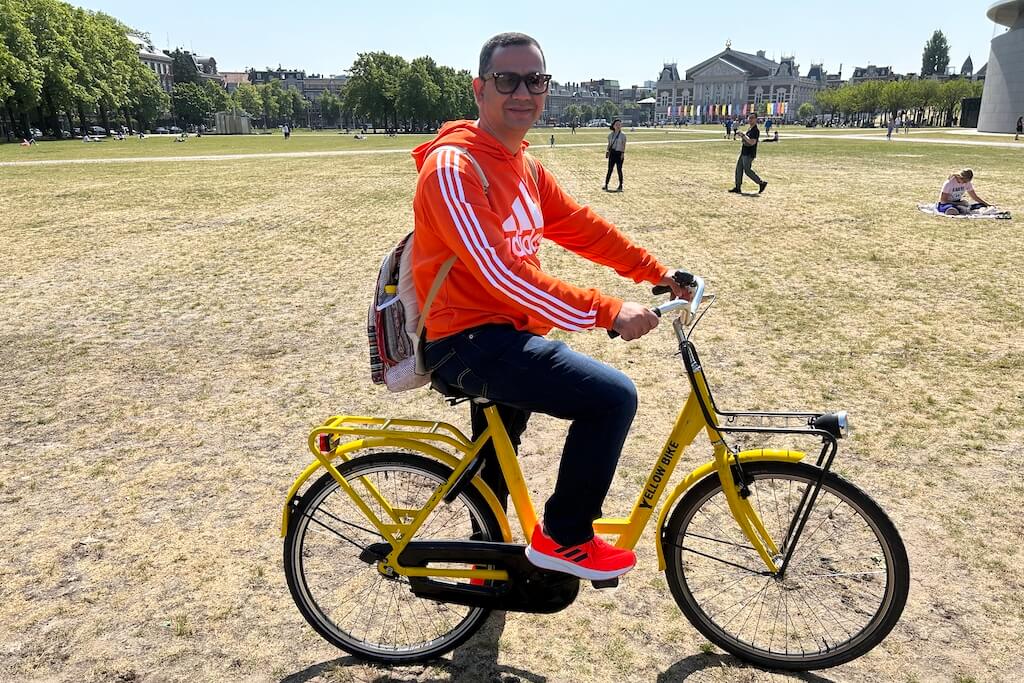
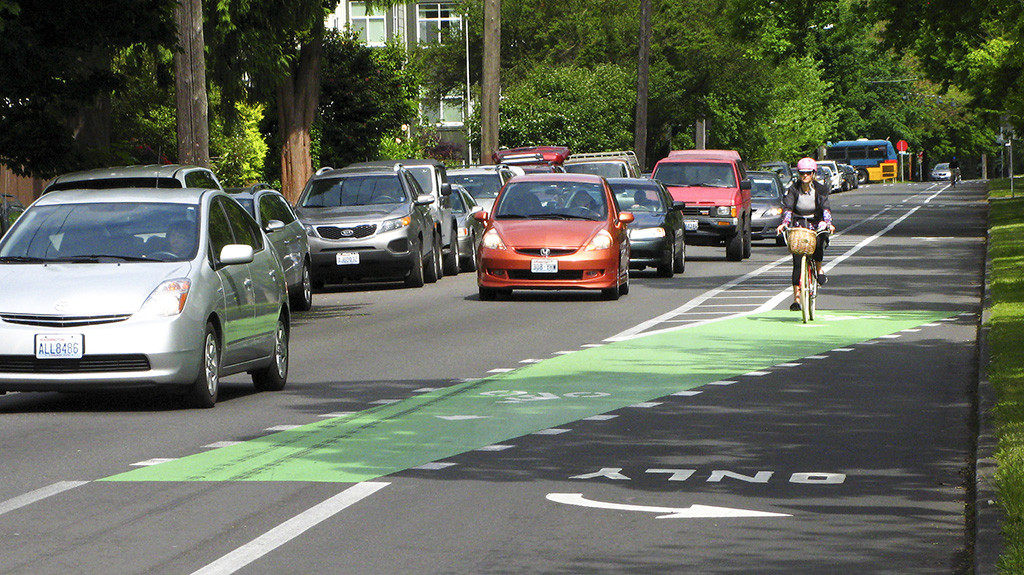




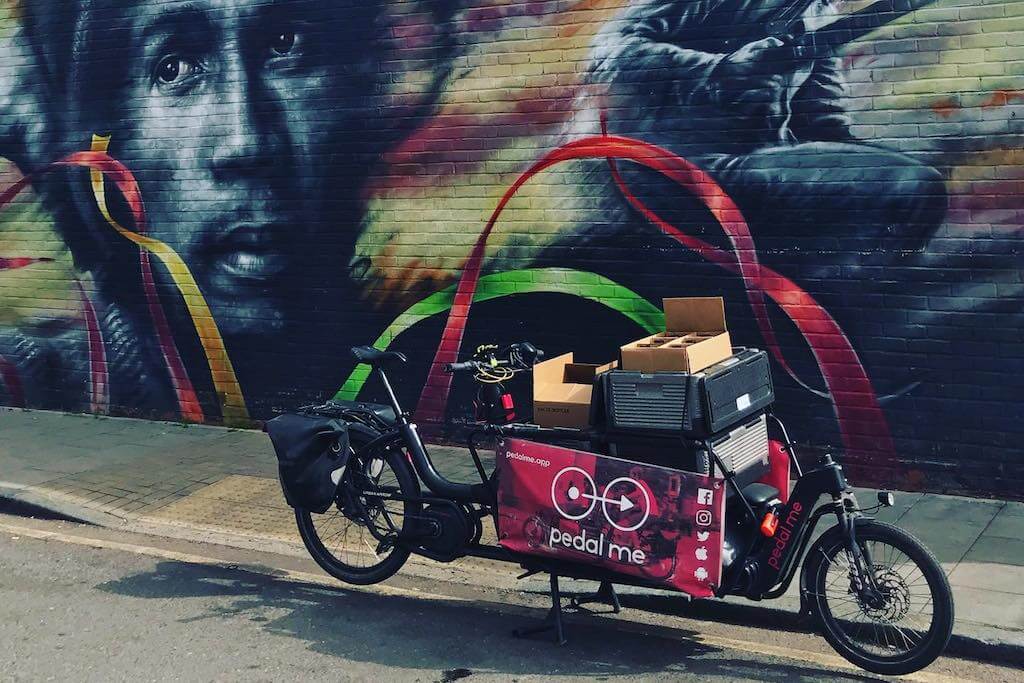

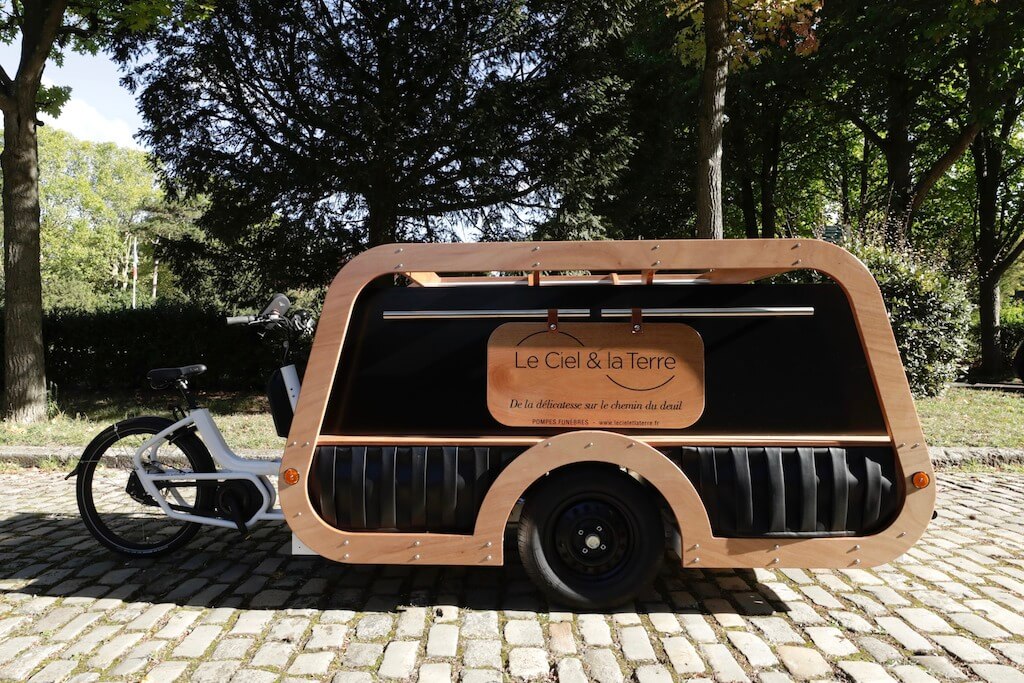
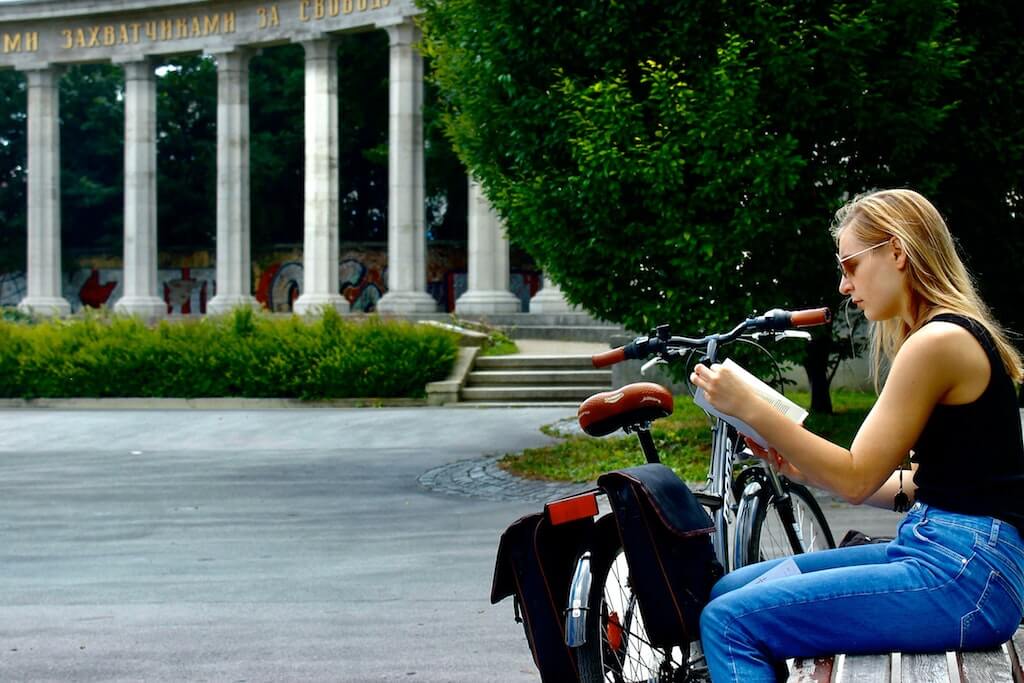

it might work – to power 2 or 3 LED bulbs and charge a phone once a day.
but even that would require eating extra food.
it isn;t even free.
much better solution is a solar panel.
wle
This thing is some kind of scam. A few very simple calculations show (as @worldtdolphins mentions also) that it cannot possibly do what it claims to do. The amount of power an average human can produce (or even an athlete) is a tiny fraction of the amount of power needed to “light homes, charge devices, and generally run all of the appliances and programs necessary to participate fully in the modern world.”
Unless this rich guy has broken the laws of thermodynamics, it’s just not true.
According to the US Energy Information Administration the average american household uses about 2,500 watt-hours of electrical power per day. A person, pedaling and generating 175 watts for one hour produces 175 watt-hours. 175 is 7% of 2,500. In other words if you pedal for an hour on this machine you’ve generated 7% of the power your house will need for the day. To produce all the power needed, you’d have to pedal for over 14 hours, and 175 watts is a high level of exertion.
India growth which the best for a very big nation has little to do with its smart ass economists a profession that when a ussually supporting austerity or immigration will be lies as it is just to please some greedy boss. As polution contaminates fish the bright minds of a nation vital for growth do not do well plus it affects how smart and mental illnesss. India eating more vegetarian diet has an advantage as animals concentrate environment toxins whereas Japans depraved high fish diet and world over fishing brings God angry at environmental abuse thus economy suffers. The liars with fancy degrees blame demographics but an economy is fixed in the number of jobs at a given skill level and effort versus pay. I am very impressed at religious and social solidarity in India Canada has seen health care, welfare wage & work life austerity and anti worker lobbying by rich bosses mean a decline in women’s true rights so we cannot go and speak ill of India own issues regarding women.
This is not a bicycle, so I am not sure why it is on a bicycle website, and it is not free electricity. The only thing it has in common with a bicycle it it has pedals. An average person can only generate between 120 and 250 watts of power in an hour [in the video one display seems to indicate 275 watts, and the other 10 amperes at 12 volts giving 120 watts] thus yielding less than 5 cents worth of electricity for the hour’s work. I do not know what household uses only 5 cents worth of electricity (of course unless you have none at all). I read somewhere these machines cost somewhere in the $2000 range which is believable, but someone that cannot afford electricity would be hard pressed to repair this machine if something were to break down. It is not free electricity, you are burning calories as fuel to change it into electricity, and spending an hour’s labour for five cents. The intent is laudible, but I suspect this is not a good solution. A small solar cell and battery would be more cost effective. I believe low tech solutions that are repeatable are best.
Someone needs to connect Mr. Bhargava with Melinda Gates, who just wrote about wanting to solve the dilemma of getting energy to those without. Perhaps the Gates Foundation would want to offer a grant for his work….
Oops let me add that her article was published on Medium.com, like 1-2 days ago….
Comments are closed.